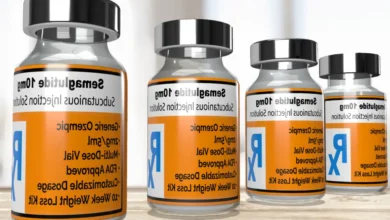10 Common Diabetes Skin Problems You Should Know About | Expert Guide
10 Diabetes Skin Problems You Should Know
Living with diabetes requires more than just monitoring your blood sugar—it also means taking care of your skin. People with diabetes are more prone to skin issues due to changes in circulation, immune function, and blood sugar levels. Skin problems are often one of the first visible signs of diabetes. This guide will walk you through 10 diabetes skin problems you should know, their causes, symptoms, prevention tips, and treatments.
Why Skin Problems Are Common in People with Diabetes
Diabetes can affect nearly every part of the body, including your largest organ: the skin. High blood glucose levels can dry out the skin, reduce the body’s ability to fight infection, and cause poor blood circulation. This can lead to a wide range of skin problems that may be annoying, painful, or even dangerous if left untreated.

1. Diabetic Dermopathy
- What it is: Often called “shin spots,” diabetic dermopathy appears as light brown, scaly patches on the skin, usually on the shins. These patches are harmless but can resemble age spots.
- Why it happens: Poor circulation and changes in small blood vessels cause these spots, often in people who have had diabetes for many years.
- Treatment: No treatment is usually required. Keeping blood sugar in check can help prevent more spots from appearing.

2. Acanthosis Nigricans
- What it is: This condition causes dark, thickened, velvety skin in body folds like the neck, armpits, or groin.
- Why it happens: It’s often associated with insulin resistance and is a common sign of prediabetes or type 2 diabetes.
- Treatment: Managing blood sugar and weight can reduce or prevent this condition. Topical treatments may help lighten the skin.
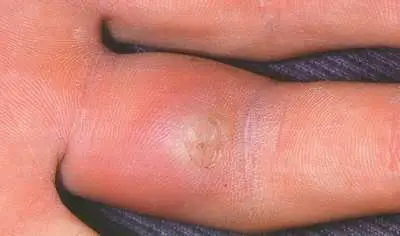
3. Bacterial Infections
- What it is: People with diabetes are more prone to bacterial infections like boils, styes, and carbuncles.
- Why it happens: High blood sugar levels can impair the immune system, making it harder for the body to fight infections.
- Treatment: Medical treatment with antibiotics may be necessary. Good hygiene and blood sugar control can help prevent infections.

4. Fungal Infections
- What it is: Candida albicans, a yeast-like fungus, is a common culprit. It can cause itchy rashes in warm, moist areas like under the breasts, between fingers or toes, and in the groin.
- Symptoms: Red, itchy patches with small blisters or scales.
- Treatment: Antifungal creams or medications. Keeping the skin dry and maintaining good blood glucose levels can prevent recurrence.
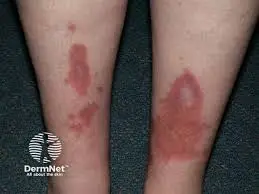
5. Necrobiosis Lipoidica
- What it is: A rare but serious skin condition that starts as small red bumps and turns into shiny, scar-like patches.
- Why it happens: The exact cause is unclear but is associated with changes in collagen and fat under the skin.
- Symptoms: Yellow, waxy patches that may become itchy or painful.
- Treatment: Requires dermatological evaluation. Topical steroids and proper glucose management can help.
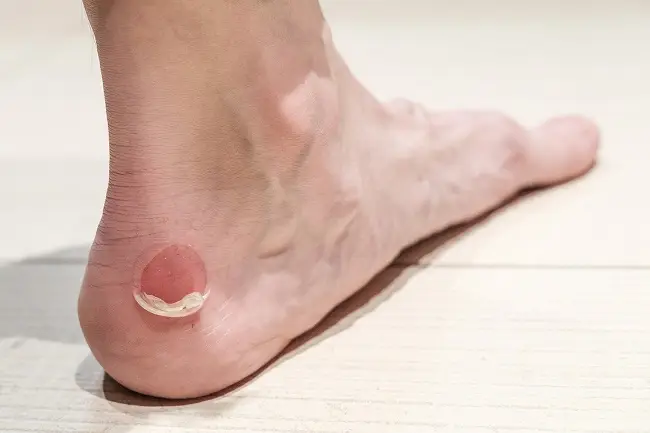
6. Diabetic Blisters (Bullosis Diabeticorum)
- What it is: These are rare, painless blisters that can appear on hands, feet, legs, or forearms.
- Why it happens: More common in people with diabetic neuropathy, though the exact cause is unknown.
- Treatment: Blisters usually heal on their own in a few weeks. Keep the area clean and avoid popping them.
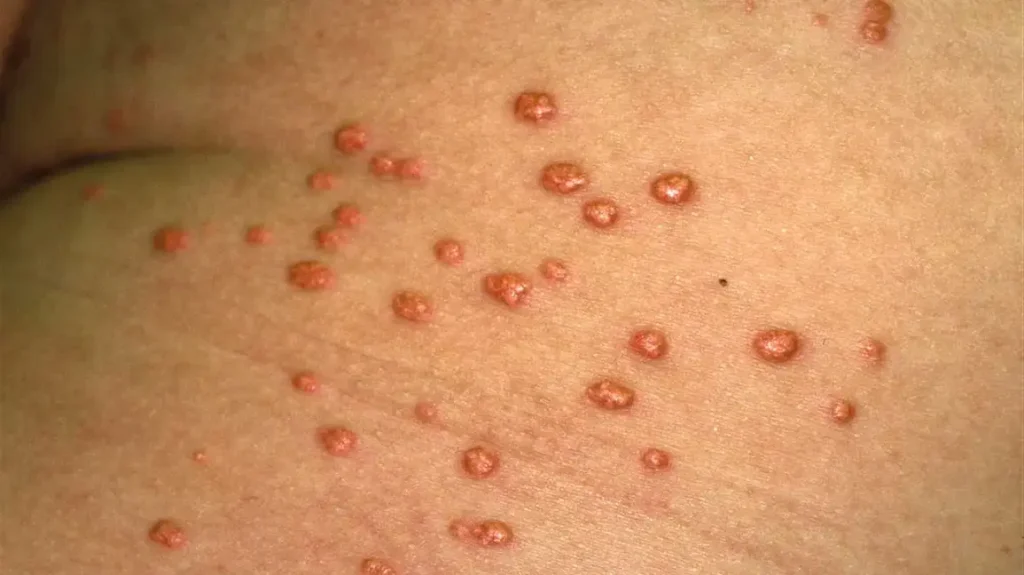
7. Eruptive Xanthomas
- What it is: Small, yellowish-red bumps that appear suddenly, often on the buttocks, thighs, or arms.
- Why it happens: Caused by high levels of blood fats (triglycerides) and poorly controlled diabetes.
- Treatment: Improving lipid and glucose levels can clear up these bumps.

8. Digital Sclerosis
- What it is: thick, tight, waxy skin on the backs of the hands and sometimes on the fingers and toes.
- Why it happens: It’s related to long-term poor blood sugar control.
- Treatment: Moisturizing and glucose management are essential. Physical therapy can improve mobility.
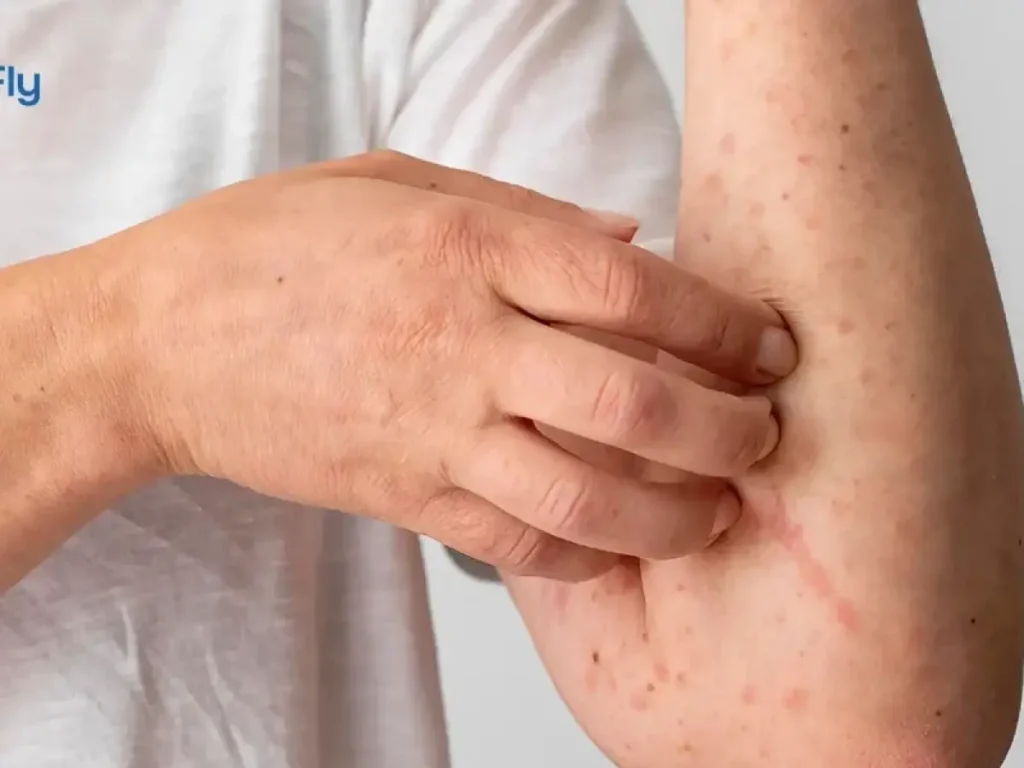
9. Itchy Skin (Pruritus)
- What it is: Persistent itching that can occur anywhere on the body.
- Why it happens: Dry skin, poor circulation, or yeast infections can lead to itching.
- Treatment: Moisturizers, oatmeal baths, and keeping blood sugar levels under control can help.
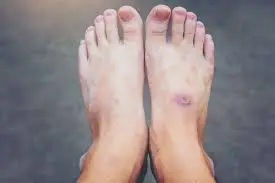
10. Open Sores and Ulcers
- What it is: Diabetes can lead to poor wound healing, especially in the feet, resulting in chronic sores or ulcers.
- Why it happens: Neuropathy and poor circulation increase the risk of unnoticed injuries and slow healing.
- Treatment: Wound care by professionals is critical. Preventative foot care and glucose control are vital.
How to Prevent Diabetes-Related Skin Problems
Here are some tips to keep your skin healthy if you have diabetes:
- Monitor and manage blood sugar levels regularly.
- Stay hydrated by drinking plenty of water.
- Use mild soaps and moisturizers to keep your skin soft and moist.
- Avoid hot showers or baths, which can dry out your skin.
- Check your skin daily for cuts, blisters, or signs of infection.
- Wear comfortable, breathable clothing to prevent chafing and rashes.
- Consult a dermatologist for persistent or unusual skin issues.
When to See a Doctor
If you notice any of the following signs, seek medical advice:
- Persistent itching or rash
- Unusual or painful sores
- Skin infections that don’t heal
- Any sudden changes in skin texture or color
Early diagnosis and treatment can prevent complications and keep your skin healthy.
Final Thoughts
Skin problems in people with diabetes are more than cosmetic—they can be warning signs of poor blood sugar control or early symptoms of complications. Recognizing these 10 diabetes skin problems you should know can empower you to take action early. Proper skin care, blood sugar management, and medical attention when needed are key to living well with diabetes.
Outbound Links for Further Reading
- American Diabetes Association—Skin Complications
- Mayo Clinic—Diabetes and Skin Conditions
- Cleveland Clinic—Diabetic Skin Conditions
